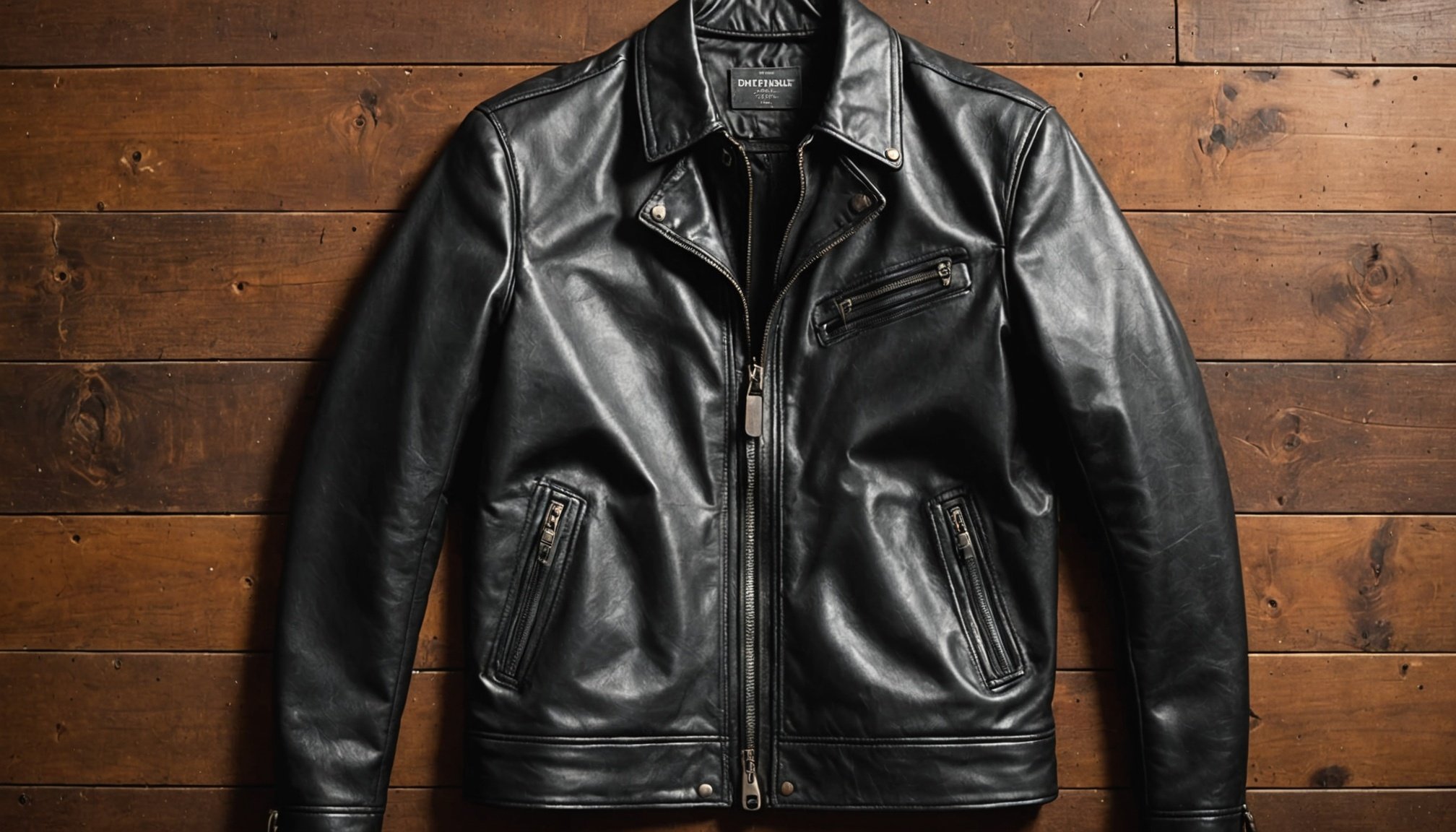Understanding Leather and the UK Climate
Caring for leather apparel in the United Kingdom requires careful attention to leather types and the unique UK climate. Various types of leather, such as full-grain, top-grain, and split leather, each demand specific maintenance approaches, with the quality impacting the level and type of care needed. Full-grain leather, for instance, is highly durable and can withstand wear and tear more effectively, yet benefits greatly from routine care due to its lack of a protective coating.
The UK climate is characterised by frequent rain, fluctuating temperatures, and high humidity levels. Such conditions can expedite leather degradation if not properly managed. Moisture from persistent rain can lead to mildew and unwanted stiffness in leather garments. Coupled with the UK’s changing temperatures, these climatic elements can cause leather to dry out and crack over time.
Also read : The Definitive Handbook on Choosing Stylish and Functional Rainwear for UK Weather
Understanding the connection between the UK climate and leather degradation is crucial. The damp conditions lead to greater absorption of moisture, which can affect leather by altering its texture and colour. Therefore, choosing the right leather care routine according to the seasonal changes in the UK becomes vital. By recognising these factors and adjusting leather care practices accordingly, leather enthusiasts can protect their apparel effectively against the UK’s challenging climate.
Essential Leather Care Tips
Leather maintenance is an intricate practice requiring the right cleaning products and conditioning techniques for each leather type. Using unsuitable products can damage the material, highlighting a need for caution. Begin with a gentle cleanser specifically crafted for leather cleaning. It must effectively remove dirt without compromising the leather’s integrity.
In the same genre : Discovering the Perfect Shades: The Ultimate Guide to Frames That Flatter Every Face Shape
To clean leather apparel, start by dusting off loose dirt with a soft brush. Apply the selected cleaning product using a damp cloth, ensuring evenly distributed application. Gently wipe in circular motions to avoid streaks. Ensure no residue remains, as drying may leave marks.
Conditioning leather is just as crucial, adding longevity and preserving flexibility. A leather conditioner, designed to replenish oils lost to wear and climatic conditions, should be applied after cleaning. This process keeps leather supple and rich in appearance.
When choosing products, seek those suitable for the specific leather type – full-grain leather and top-grain leather may require different care levels. Conditioning regularly shields leather from weather-induced stressors like humidity and temperature fluctuations. Proper leather maintenance not only safeguards your investment but enhances its enduring beauty amid the UK’s challenging climate.
Seasonal Care Recommendations
Navigating the nuances of seasonal leather care in the UK’s diverse climate is critical for maintaining quality. Each season presents unique challenges, affecting the texture and longevity of leather.
Caring for Leather in Wet Conditions
The UK climate is notorious for its rain, making leather protection vital. During wet conditions, employ effective waterproofing techniques. Apply a high-quality leather protector before exposure to moisture, ensuring it creates a barrier against water damage. Repeat this process regularly to maintain its efficacy. When managing moisture, address mold prevention by keeping garments in a well-ventilated space post-exposure.
Maintaining Leather in Cold Weather
Cold weather requires additional attention to prevent leather cracking. Low temperatures can cause leather to stiffen. Combat this by conditioning leather more frequently during colder months. Using a conditioner rich in natural oils helps retain flexibility and softness.
Protecting Leather During Dry Spells
In dry spells, the risk of leather losing its moisture increases, leading to potential cracking. Regular conditioning is crucial in these periods, replenishing lost oils to preserve the leather’s supple quality. Maintaining a balanced humidity level in storage environments helps prevent excessive dryness, preserving the longevity of your leather garments.
Storage Solutions for Leather Apparel
Proper leather storage is pivotal in maintaining its beauty and longevity, especially considering the UK climate. Key to this is selecting climate-specific storage conditions that avoid deterioration. Leather’s sensitivity to varying temperatures and humidity demands that owners pay close attention to their storage choices.
First and foremost, breathability is essential. Leather needs airflow to prevent mould and mildew, making plastic containers a poor choice as they trap moisture. Instead, use fabric garment bags to shield against dust while allowing air circulation.
When considering climate considerations, store leather items in environments with moderate, stable temperatures and humidity. Avoid basements and attics, prone to dampness and temperature changes. Use dehumidifiers or silica gel to control moisture levels, especially in humid conditions prevalent in the UK.
Maintaining the shape of leather garments is another imperative. Use padded hangers for jackets and coats, while filling shoes and boots with shoe trees helps preserve structure.
- Fabric garment bags for breathability
- Dehumidifiers for moisture control
- Padded hangers for shape preservation
Following these methods ensures your leather apparel remains resilient against the challenging UK climate, prolonging its wearability and aesthetic appeal.
Expert Insights and Local Services
In the realm of leather care experts, a professional touch can be invaluable, particularly in the UK climate, where diverse temperatures and humidity levels challenge leather integrity. Local leather professionals emphasize best practices tailored to specific leather types. Interviews reveal that consistent maintenance using quality conditioners is paramount for all leather items, ensuring longevity and protection against the elements.
Professional services play a critical role in maintaining luxury leather pieces. Expert technicians offer specialised cleaning, conditioning, and repair services, suited for everything from full-grain to split leather. Thoroughly assessing the type and condition of your leather determines the best professional approach. Locating local experts who understand the uniqueness of UK climate conditions enables precise care strategies designed to mitigate potential leather degradation.
For those seeking recommendations, local businesses proficient in leather care are abundant. Esteemed for their knowledge and experience, these establishments often provide additional services like waterproofing and tailored advice.
Finally, understanding when to seek professional help can greatly impact the lifespan of your leather apparel. Indicators such as severe stiffness, discolouration, or persistent odors suggest it may be time to consult with a specialist, ensuring your investment remains both functional and aesthetically pleasing.











